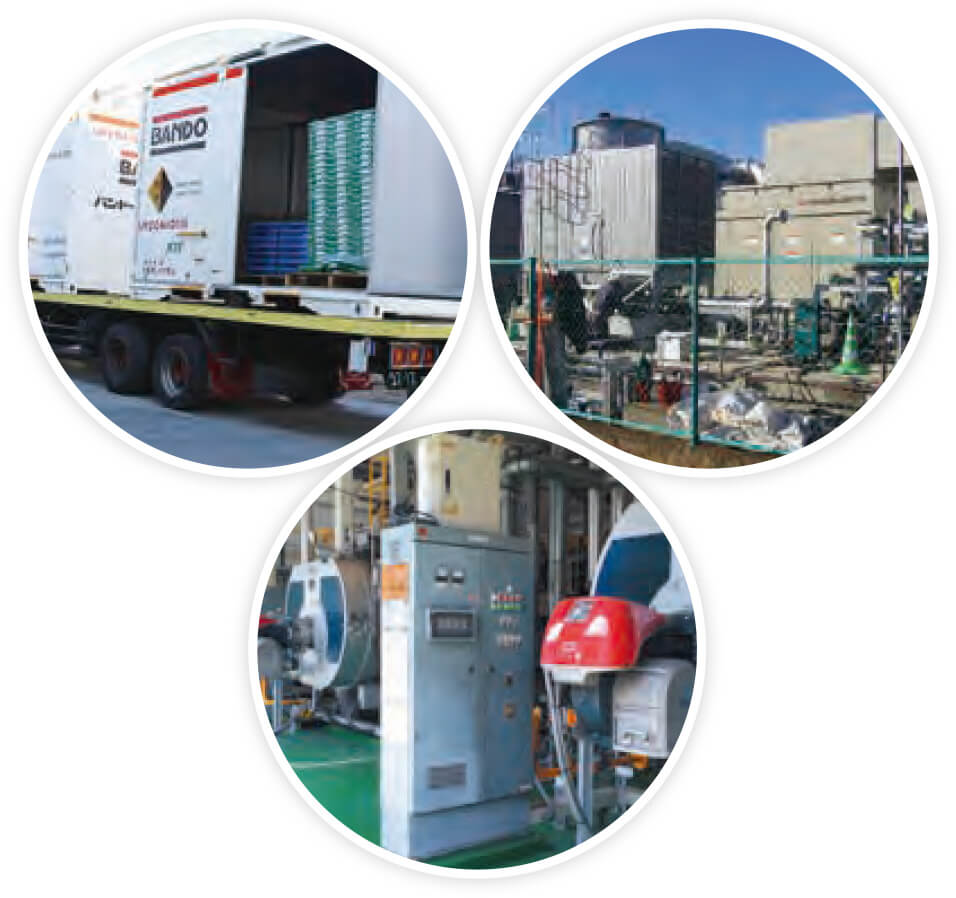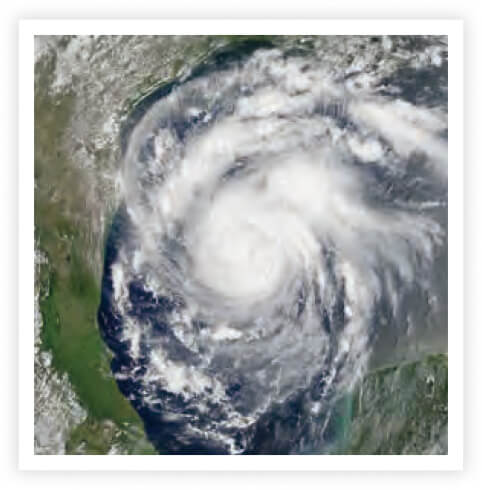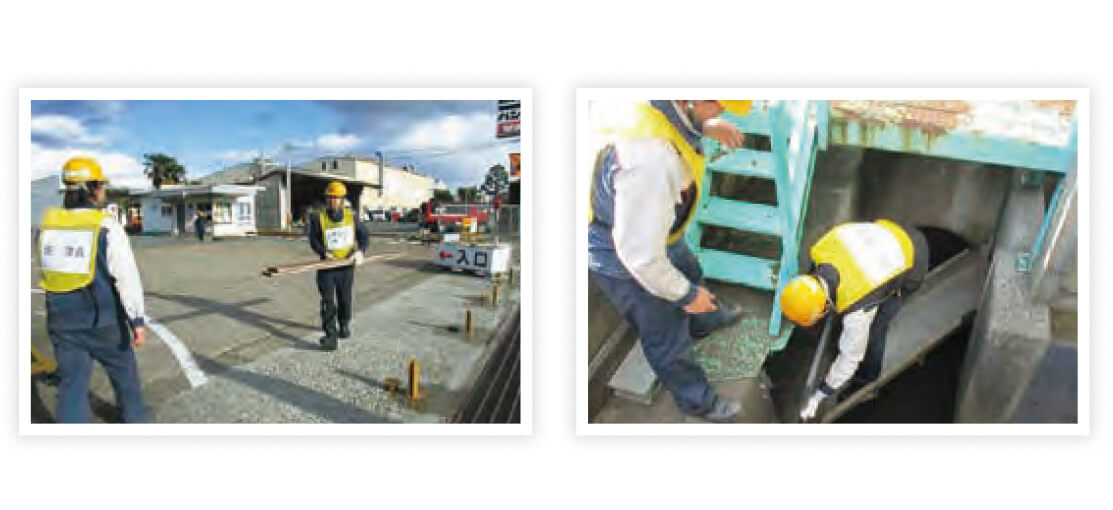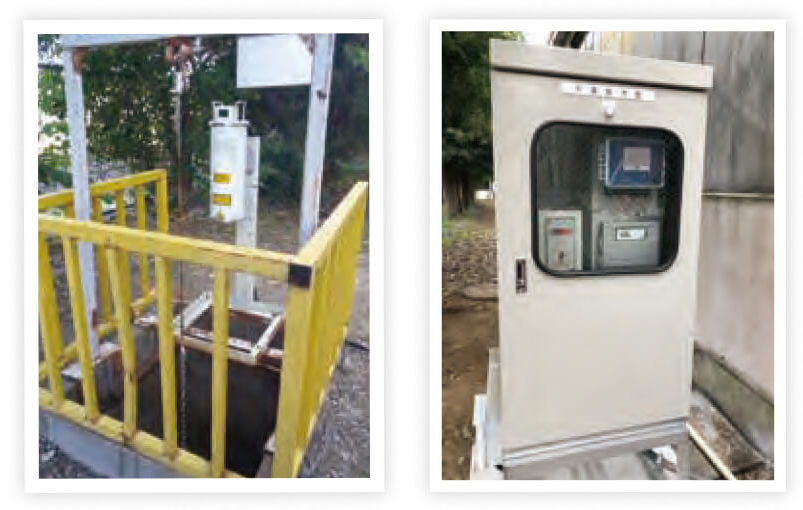With the intensifying climate change impact becoming one of the largest global risks in recent years*1, we are also recognizing it as one of the priority issues and contributing to customers’ efforts for energy saving and reduction of environmental impact while working on the initiatives to prevent the materialization of climate change risks and achieve the aggressive target for CO2 emission reduction. *1 Source: The Global Risks Report 2020/World Economic Forum
Establish a roadmap to achieve “fiscal 2030 target”
toward further reduction of CO2 emissions
In order to reduce CO2 emissions which is one of the aggravating factors for climate change risks, the Company has implemented various initiatives such as shifting to different fuels, switching to high-efficiency equipment and LED lighting, and installing high-efficiency boilers at business locations, in addition to aggressively adopting modal shifts, joint deliveries, and milk run logistics. We are also proactively adopting new methods such as ESCO service and Joint Crediting Mechanism*2.
Through these initiatives, we managed to reduce CO₂ emissions to 50,399t (down 15.7% from fiscal 1990) in fiscal 2019, making steady progress toward the achievement of “fiscal 2020 target” to “reduce CO₂ emissions by 20% compared to fiscal 1990 by fiscal 2020.”
We are currently developing a roadmap to achieve the “fiscal 2030 target” formulated in 2019 to “reduce CO₂ emissions by 18% compared to fiscal 2013 by fiscal 2030.”
*Joint Crediting Mechanism: Advanced countries provide technology and investment to developing countries to reduce CO₂ emissions,
and resulting reductions count toward the targets of advanced countries in the bilateral mechanism

Modal shift
Switching to
high-efficiency equipment
Introduction of high-efficiency boilers
(Joint crediting mechanism)

- Fiscal 2020 target
- Reduce CO₂ emissions by20%
compared to fiscal 1990 by fiscal 2020
(formulated in 2012) - Aiming to
achieve in
fiscal 2020

- Fiscal 2030 target
- Reduce CO₂ emissions by18%
compared to fiscal 2013 by fiscal 2030
(formulated in 2019)

- Recent initiatives to
mitigate substance
leak risk from
torrential rain

- 2018
- 2019
- Kakogawa Plant :
Raised oil weir
of oil-water
separation paths - Wakayama Plant :
Implemented measures to
prevent rainwater ingress into
and waste oil leaks at
the industrial waste storage - Ashikaga Plant :
Installed the water
quality monitoring
system
Risks to the Company and BCP associated with climate change
Frequent occurrence of extreme weather events, such as large typhoons and torrential rain, triggered by global warming could increase risks such as damages to production facilities and temporary suspension of operations at the Group’s business locations and leaks/outflow of chemical substances due to damaged production facilities. We have developed a Business Continuity Plan (BCP) under the assumption that four domestic plants have been damaged and have carried out various initiatives to prevent the materialization of those risks.

Initiatives to prevent the materialization of climate change risk
As an example of our initiatives to prevent the materialization of risks related to large typhoons and torrential rain, we have enhanced measures to prevent water quality incidents at each plant. In Kakogawa plant, we enhanced the measures to prevent oil leaks, etc. due to torrential rain including reinforcing oil-water separators and sewage tanks, building water shielding walls, and raising oil weir as well as conducting emergency response training assuming oil leaks. Nankai Plant and Wakayama Plant are implementing measures to prevent rainwater ingress and oil leaks to prevent water contamination, and Ashikaga Plant installed a water quality monitoring equipment.

- Emergency response training assuming oil leaks in Kakogawa Plant (left),
and installation of a lid on an agricultural water intake (right)

- Oil film detector installed
in Nankai Plant - Water quality monitoring
equipment installed
in Ashikaga Plant
POWER ACE™ HP achieved both “high-load” and “eco-friendly” whose needs are increasing globally in recent years, and is one of the latest examples of “eco moving” which offers both social and economic values. As there are needs for “high-load” products for industrial machinery as well as large agricultural machinery, we will also develop variable speed belts and scrum belts for large agricultural machinery, aiming at global expansion.Manager, Power Transmission Belt Design Group,
Engineering Department, Industrial Products Business
Manager, Customer Support Engineering Group





